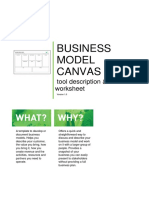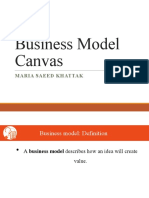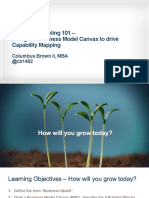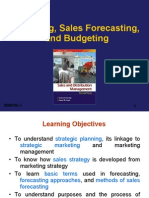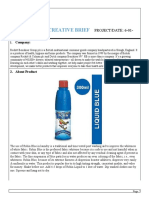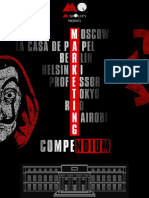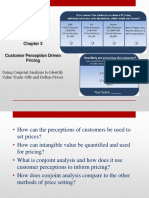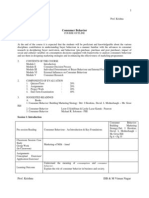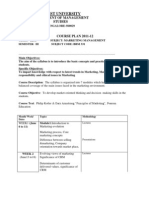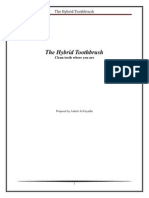0% found this document useful (0 votes)
77 views13 pagesBusiness Model 2
This document outlines surveying techniques for traditional crafts, emphasizing their role in identifying market demand and consumer preferences to develop sustainable business models. It details methods such as questionnaires, interviews, focus groups, and observational research to gather data and insights. Additionally, it introduces the Business Model Canvas as a strategic tool for visualizing and analyzing business components, highlighting its benefits and key building blocks.
Uploaded by
navathejdarsanCopyright
© © All Rights Reserved
We take content rights seriously. If you suspect this is your content, claim it here.
Available Formats
Download as PDF, TXT or read online on Scribd
0% found this document useful (0 votes)
77 views13 pagesBusiness Model 2
This document outlines surveying techniques for traditional crafts, emphasizing their role in identifying market demand and consumer preferences to develop sustainable business models. It details methods such as questionnaires, interviews, focus groups, and observational research to gather data and insights. Additionally, it introduces the Business Model Canvas as a strategic tool for visualizing and analyzing business components, highlighting its benefits and key building blocks.
Uploaded by
navathejdarsanCopyright
© © All Rights Reserved
We take content rights seriously. If you suspect this is your content, claim it here.
Available Formats
Download as PDF, TXT or read online on Scribd
/ 13









